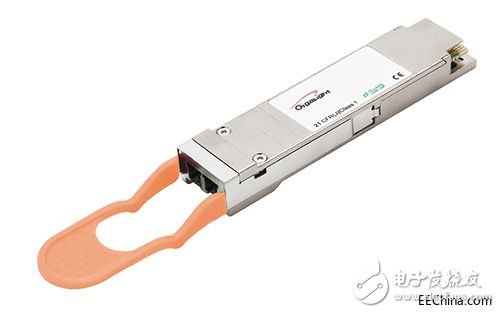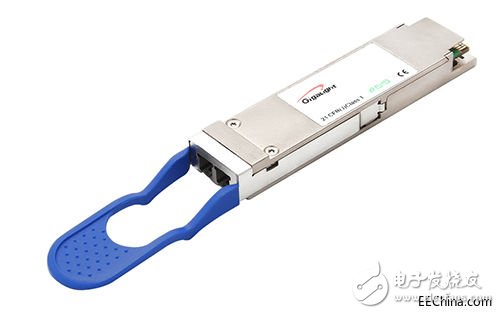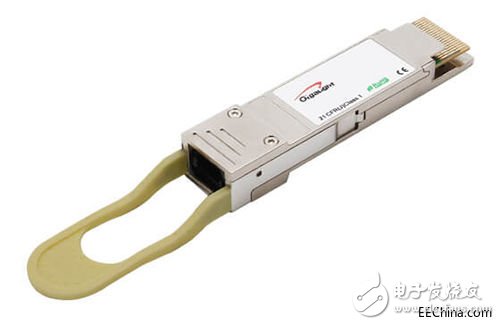As an important part of optical communication transmission, the optical transceiver module is composed of optoelectronic devices, functional circuits and optical interfaces. The optoelectronic devices include two parts, transmitting and receiving, which play the role of photoelectric conversion. However, with the rapid development of the optical communication market, optical transceiver modules of various packages and various rates have been born. Numerous packages and speeds are dazzling, and in this article, Yifeiyang Communication will introduce you to the optical transceiver module package, speed, features, classification and so on.
Optical transceiver modules are widely used in wide area networks (WANs), metropolitan area networks (MANs), and local area networks (LANs). With the increasing variety of optical transceiver modules, the requirements are also higher and higher, and the complexity is amazing. The development, then, what are the characteristics of the development of optical transceiver modules?

1: miniaturization
As the core device of the fiber access network, the optical transceiver module promotes the development of the trunk optical transmission system to low cost, making the configuration of the optical network more complete and reasonable. At present, the competition in the optical communication market is becoming more and more fierce, the volume required for communication equipment is getting smaller and smaller, and the interface board contains an increasingly higher density of interfaces. Conventional laser and detector-separated optical modules have been difficult to adapt to the requirements of modern communication equipment. In order to meet the requirements of optical devices for communication devices, optical modules are moving toward highly integrated small packages. The highly integrated optoelectronic module eliminates the need for high-speed analog optoelectronic signals, shortens R&D and production cycles, reduces the types of components purchased, and reduces production costs, making it increasingly popular with equipment manufacturers.
2: low cost, low power consumption
The size of communication devices is getting smaller and smaller, and the interface boards contain more and more interfaces, which requires optoelectronic devices to develop in the direction of low cost and low power consumption. At present, optical devices generally adopt a hybrid integrated process and a hermetic packaging process. The next development will be a non-hermetic package, which relies on technologies such as passive optical coupling (non-XYZ direction adjustment) to further increase the degree of automated production and reduce costs.
High ratePeople have more and more information requirements, and the information transmission rate is getting faster and faster. As an optical communication network that is the main pillar of modern information exchange, processing and transmission, it has been continuously developing to ultra-high frequency, ultra-high speed and large capacity. The higher the rate and the larger the capacity, the smaller the cost of transmitting each message.
Long distanceAnother development direction of optical transceiver modules is long distance. Today's optical networks are being laid farther and farther, which requires remote transceivers to match. A typical remote transceiver signal can transmit at least 100 kilometers without amplification, and its purpose is to save expensive optical amplifiers and reduce the cost of optical communication. Based on the consideration of transmission distance, many remote transceivers choose the 1550 band (wavelength range is about 1530 to 1565nm) as the working band, because the light wave has the least loss when transmitting in this range, and the available optical amplifiers are all working on it. Band.
Hot swapFuture optical modules must support hot swap, that is, the module can be connected or disconnected from the device without powering off. Since the optical module is hot-swappable, the network administrator can upgrade and expand the system without shutting down the network. Users will not have any effect. Hot plugging also simplifies overall maintenance and enables end users to better manage their transceiver modules. At the same time, due to this hot-swappable performance, the module enables network managers to plan the total cost of transmission and reception, link distance, and all network topologies based on network upgrade requirements without having to replace the system board.

The above is a development direction of the optical transceiver module in the future. Then, what are the packages, interfaces and rates of the existing optical transceiver modules?
One: optical transceiver module package1. The 10 Gigabit Small Form Factor Pluggable is a hot-swappable, communication-independent optical transceiver for 10G bps Ethernet, SONET/SDH, Fibre Channel.
2. Small pluggable transceiver module (SFP), currently the most widely used.
3. GigacBiDi series single-fiber bidirectional optical module uses WDM technology to realize a two-way information transmission of a fiber (point-to-point transmission. Especially, the fiber resources are insufficient, and one fiber is required to transmit bidirectional signals). GigacBiDi includes SFP single-fiber bidirectional (BiDi), GBIC single-fiber bidirectional (BiDi), SFP+ single-fiber bidirectional (BiDi), XFP single-fiber bidirectional (BiDi), SFF single-fiber bidirectional (BiDi) and so on.
4. RJ45 electric port small pluggable module, also known as electric module or electric port module.
5.SFF is divided into 2x5, 2x10, etc. according to its pins.
6. Gigabit Ethernet Interface Converter (GBIC) Module
7. Passive optical network PON (A-PON, G-PON, GE-PON) optical module
8.40Gbs high speed optical module.
9.SDH transmission module (OC3, OC12, OC48)
10. Storage modules, such as 4G, 8G, etc.
Two: optical transceiver module interfaceA fiber interface is a physical interface used to connect fiber-optic cables. It usually has several types, such as SC, LC, FC, and ST. The optical interfaces of different optical modules are different. 1&TImes;9 and GBIC optical modules usually use SC fiber interfaces, while optical modules in SFP and XFP packages usually use LC fiber interfaces.

Existing optical transceiver module rates: 155M, 622M, 1.25G, 2.5G, 4.25G, 10G, 40G, 56G, 100G, 200G, etc.
Gigalight provides customers with one-stop optical network devices and low-cost optical communication products through a proprietary design, supplying a range of optical transceiver modules. For more details, please visit Yifeiyang Communications' official website (gigalight.com.cn).
Silicon TVS / TSS:
Diode TVS (Transient Voltage Suppressor), also known as Transient suppression diodes, is widely used a new type of high efficient circuit protection device, it has a fast response time (the nanosecond) and high surge absorbing ability.When it ends of stand moments of high energy shock, TVS can bring the two ends at high rate from high impedance to a low impedance between impedance values, to absorb a large current moment, put it at both ends of the voltage restraint on a predetermined value, thus protecting the back of the circuit components are not affected by the impact of the transient high pressure spikes.
Silicon TVS Transient Voltage Suppresso,Silicon TSS Transient Voltage Suppresso
YANGZHOU POSITIONING TECH CO., LTD. , https://www.cndingweitech.com